5 Employees Who Sacrificed Their Lives and Became Heroes

At work, do you give it your all? Gosh, we hope not. That’s not sustainable. If you give it all this week, what will you do next week? You’ll have nothing left.
Some people, however, really do give everything. They give it all today, and next week, we don’t ask what they’ll give because guess what, they’re dead. They gave up their lives to protect others. Now, their heroics live on in legend.
Chris Lucas vs. the Tornado
Don't Miss
In May 2011, a tornado landed in Joplin, Missouri, and this was a big one. It was a mile wide — that’s the actual measurement, not just our way of saying it was huge — and would go on to be the deadliest tornado to hit the U.S. in over 60 years. At one Pizza Hut in Joplin, everyone inside saw the tornado approaching, but there was no way for them to identify what it was. It sure didn’t look like a twister because it was (let’s say this again) a mile wide, so it just looked like a giant wall.

Pizza Hut
Manager Christopher Lucas knew the safest place for him and the 20 other people in the restaurant. It was the walk-in freezer, whose thick walls offered better protection than the building’s outer walls, which were basically made of popsicle sticks. He herded everyone into that freezer, where it became clear that this inner room wasn’t going to offer very secure protection after all. Its door would not stay closed. So, Lucas decided he would keep it closed himself, from the outside, using a bungee cord.
Quick bit of context for readers who think bungee cords are only for jumping off bridges: These cords are primarily meant for securing objects, which explains why one was handy in this Pizza Hut. Lucas managed to use the cord to keep the door shut — for a while. In the end, the storm pulled open the door, pulled him away with it, and got four others, too. The remaining people in the freezer lived.
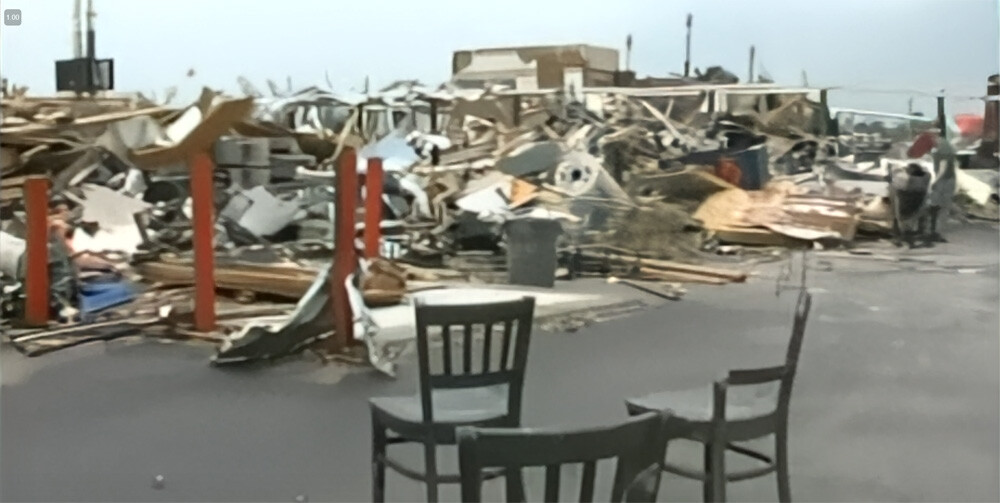
Lucas, 26, had recently been discharged from the Navy. He had a tattoo on his arm that read, “Protector, Savior and Guardian.” If you see some guy walking around with that inked on him, you might roll your eyes and think, “Yeah, I’m sure,” but there’s always a chance that the label is legit.
Miki Endo vs the Tsunami
Two months before that tornado was a larger disaster in Japan, which is said to be the costliest natural disaster in history. That’s not in terms of death toll but in terms of literal cost, which totaled a quarter-trillion dollars. Between the initial earthquake and the massive tsunami that followed, the 2011 Tōhoku disaster offered plenty of opportunities for people to die saving each other. We’ve told you about one of these before, in which a firefighter warned the people in his village by climbing to a roof and ringing a bell by hand.
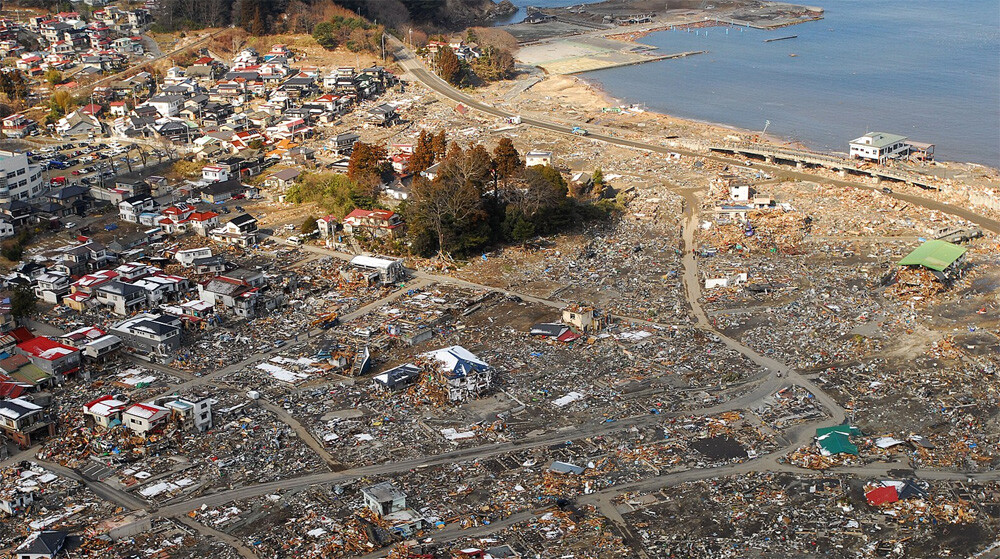
Something similar happened in Minamisanriku, a village that the tsunami almost totally wiped out. Minamisanriku had a disaster-readiness center, and staff headed there after the massive earthquake ended. A tsunami would surely follow, and the center needed to broadcast a warning message.
The broadcast office was on the second floor, which wasn’t high enough to be safe from the incoming water. Most of the staff headed to the roof. But even the roof wasn’t high enough, so mayor Jin Sato climbed a radio antenna to get still farther from the ground. Down in the broadcast room, 24-year-old Miki Endo stayed behind. She repeated a message, “Please head to higher ground,” which blared out in the streets over loudspeakers. Then the water rolled in, and the message abruptly stopped.
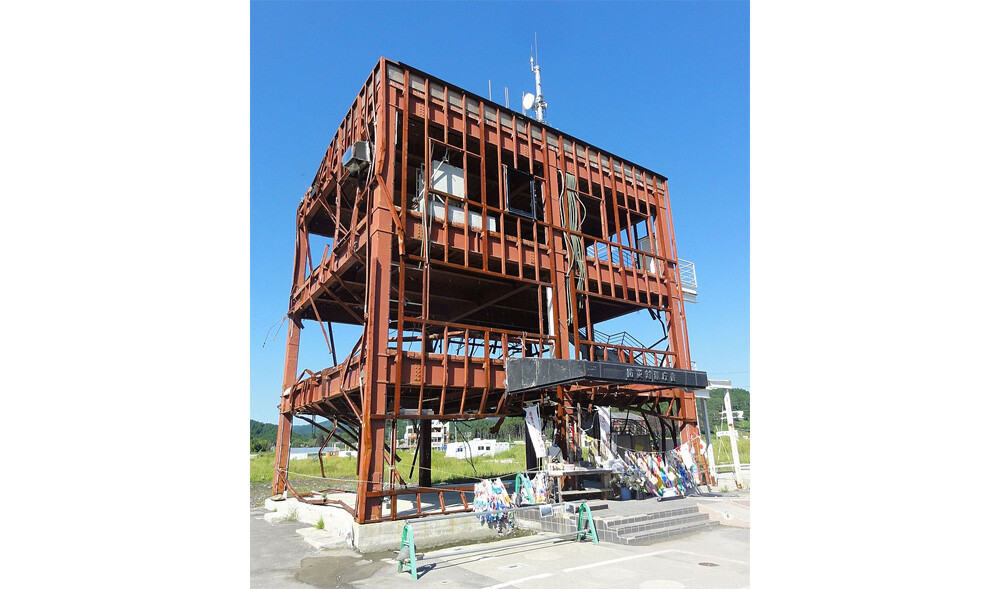
Initial reports said that half the town’s population was missing following the tsunami. It turned out that around 85 percent of those missing people survived, but Endo didn’t. Her body was found six weeks later.
Aleksandr Lelechenko vs the Meltdown
That Tōhoku tsunami also caused the famous partial meltdown at the Fukushima nuclear plant. A group of workers, initially dubbed the “Fukushima 50,” stayed behind to work at stabilizing the place, and some of them surely thought this was a suicide mission. In the end, though two other workers had died when the tsunami initially struck, this mission didn’t turn out to be as dangerous as people had feared. Later, hundreds of retirees also volunteered to help, figuring it’d be better to risk themselves than to risk younger people with more to lose. It appears that the radiation killed none of these retirees either, if only because none would live long enough for cancer to set in.
Plant manager Masao Yoshida did die of cancer, but this happened so quickly that something else must have caused it. That sounds like we’re joking or mocking the official account, but we’re serious. A blast of radiation doesn’t give you cancer in a matter of days, which is how long it took Yoshida to be diagnosed. It could give you radiation sickness, which could kill you in far less time, but cancer like that is presumed to have started earlier.
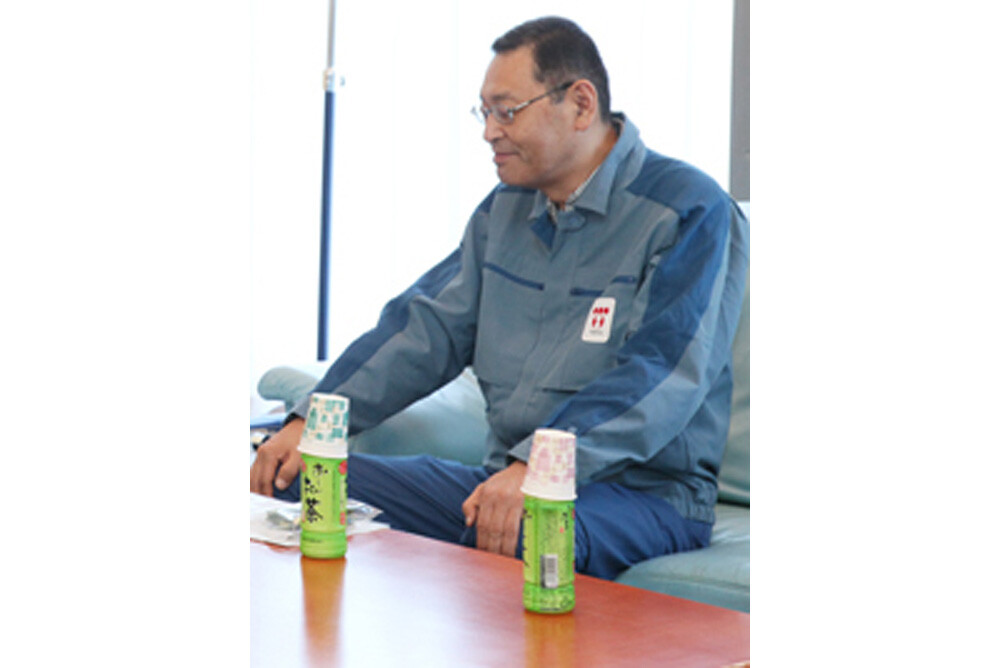
via Wiki Commons
Those volunteers surely remind you of volunteers at a more serious nuclear incident: Chernobyl. Let’s zoom in on just one of these Chernobyl workers, who, in addition to sacrificing himself for the country and/or world, sacrificed himself for others at the plant.
Aleksandr Lelechenko was the deputy head of the plant’s electric workshop. He was 50 years old and — like those Fukushima senior citizens — thought he made more sense as a sacrifice than younger workers. So, after he completed a mission into the bowels of the plant to shut off the hydrogen before it could explode too hard, he turned around and went back in. Then he headed down a third time, figuring he should kill himself good and properly instead of giving multiple workers merely a high chance of dying.
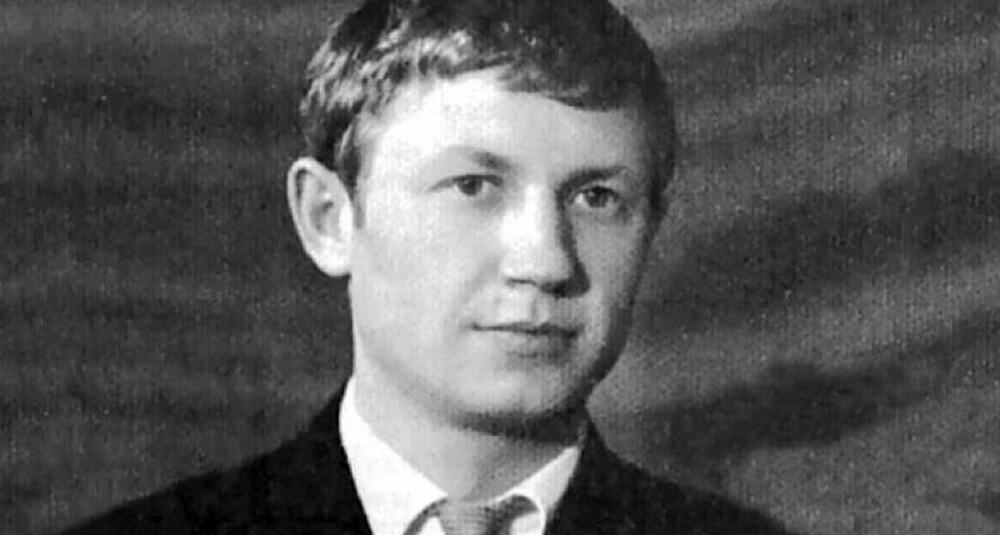
They moved him to a medical center in Pripyat, where they injected him with Rad-Away, or did whatever it is you do to someone who’s been wading in radioactive goo. Then he went back to the plant to toil away for some hours more. He died within 10 days, of course (from radiation sickness, not of cancer).
Liviu Librescu vs the Shooter
The Virginia Tech shooting of 2007 — still the deadliest school shooting ever — happened to occur on Holocaust Remembrance Day. Among the dead was a survivor of the Holocaust, Liviu Librescu. He lived in Romania during World War II, during which he was moved first to a camp, then to a ghetto. In the 1970s, he fled communist Romania for Israel before coming to the United States in 1986, where he taught engineering.
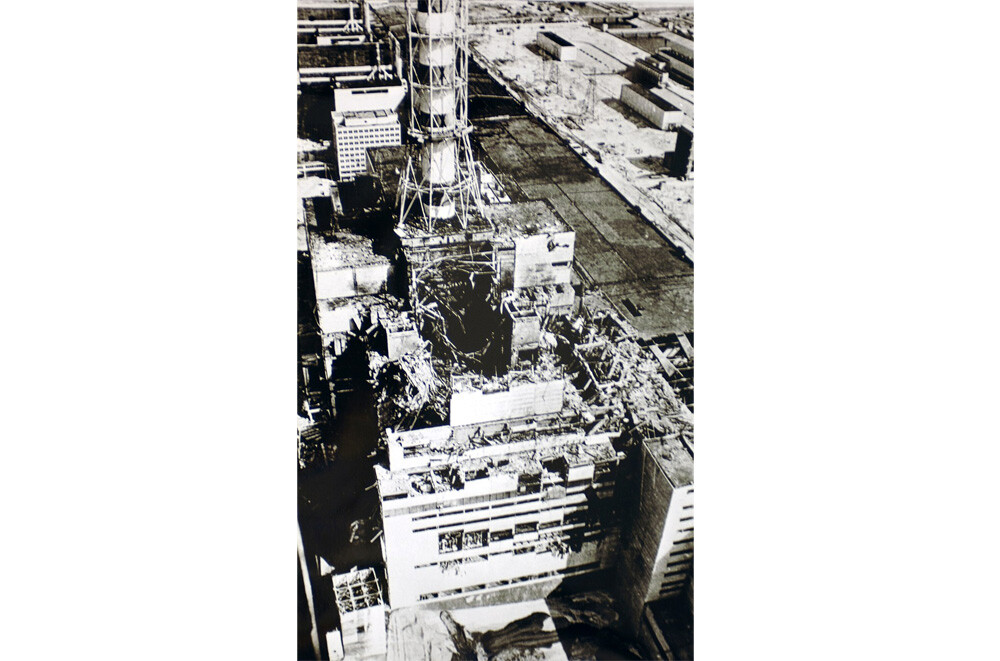
When he heard gunfire outside his classroom in the engineering building that day, Librescu figured he had one job: holding the door shut. The classroom door, like most doors, was able to shut, but it had no bolt on the inside to keep it shut. In the years since then, various schools have considered installing such locking mechanisms, specifically to protect against shooters, and they have to weigh this choice against the security risk that locked classroom doors present during everyday school activity.
In any event, Librescu’s door did not lock. With no bungee cord handy to keep it closed, he decided to barricade it with his own body. Students jumped out the window while he held the door shut. They were on the second floor, so that meant a few hurt legs, but it was less dangerous than staying in the room once the shooter managed to force his way in.
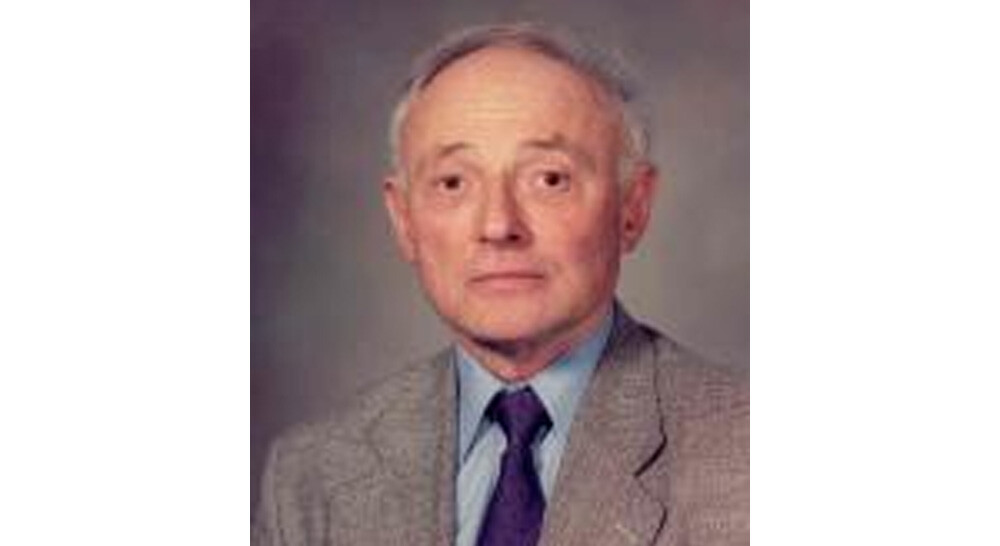
via Wiki Commons
And force his way in he did. The shooter first turned from that classroom when he couldn’t open the door, but he came back. Most of the students had gotten out by this point. He killed Librescu and a student and then walked back out and killed himself. He’d entered at least four classrooms on that floor. Librescu’s had been the last.
Vince Coleman vs. the Explosion
The Halifax explosion is the largest accidental explosion we’ve ever set off. Nukes are bigger, but we haven’t accidentally set off a nuke (yet). A boat filled with ammunition blew up Halifax harbor in 1917, and while the entire story is of course worth reading and examining, here’s one especially spooky fact about the disaster: For a couple minutes before it happened, people knew it was going to happen and were powerless to intervene.
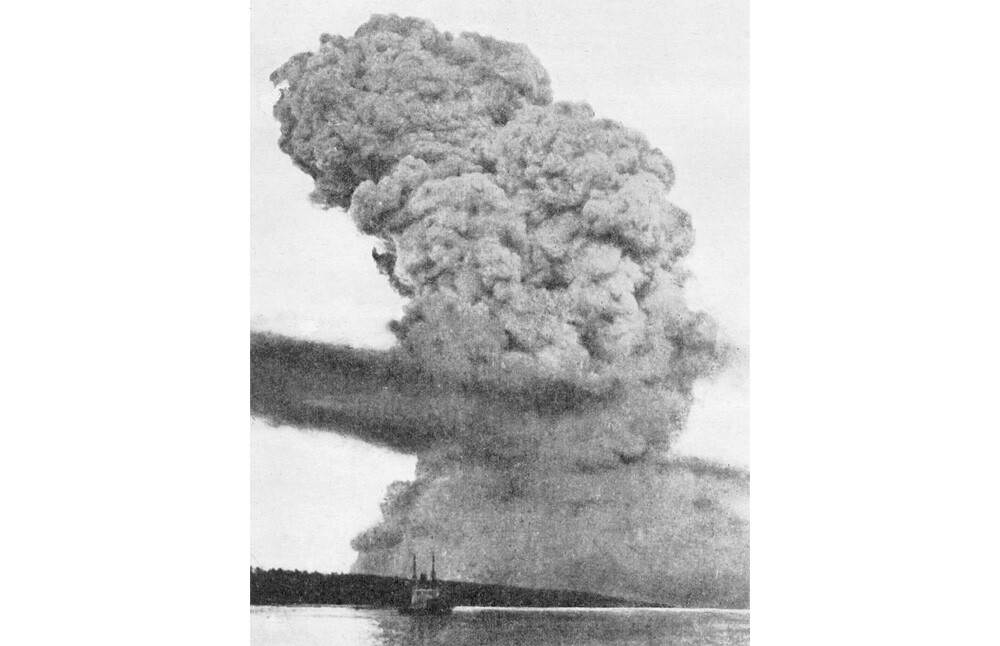
That munitions ship bound for Europe (the Mont-Blanc) and a second ship (the Imo) were headed for a collision, and for a while, people had to just sit back and wait for the slow collision to take place. Then once the two did collide, some people ashore gawked at the cool-looking fire, while smarter people realized that in another 20 minutes or so, that burning ship would release a very loud boom.
Over at the nearby Richmond Depot train station, dispatcher Vince Coleman stayed at his post and sent out messages to an approaching express train. This train carried hundreds of passengers, and if it stopped, it could avoid being in town during the blast. He received no reply, so he just kept sending the messages. His final one (loosely translated from the original Morse code) read, “Hold up the train. Ammunition ship afire in harbor making for Pier 6 and will explode. Guess this will be my last message. Good-bye, boys.”
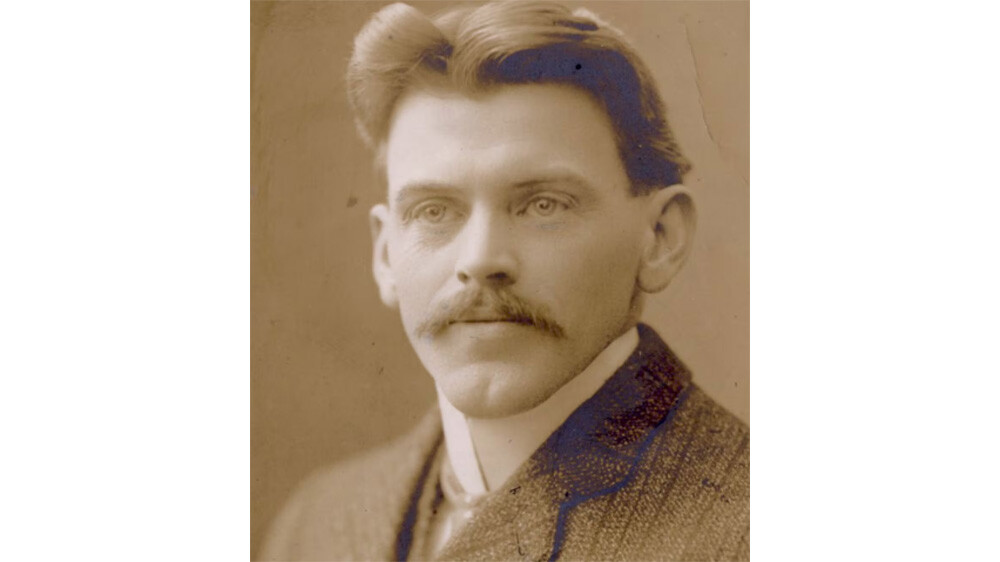
The explosion leveled 500 acres of buildings around him. The train stayed away, so while the blast killed 1,700 people, including Coleman, those passengers weren’t among them. Here’s the sad thing, though: We don’t know if Coleman’s messages were why the train didn't approach. It seems that train No.10 from Saint John was running late and may never have been in any risk of being in town when the harbor blew up.
Sorry, we can’t let you feel any real joy over these stories. When someone gives up their life to save others, that may be great, but it isn’t good. Good is if the disasters never happened. Hey, why don’t we just eliminate death? Someone, get on that.
Follow Ryan Menezes on Twitter for more stuff no one should see.